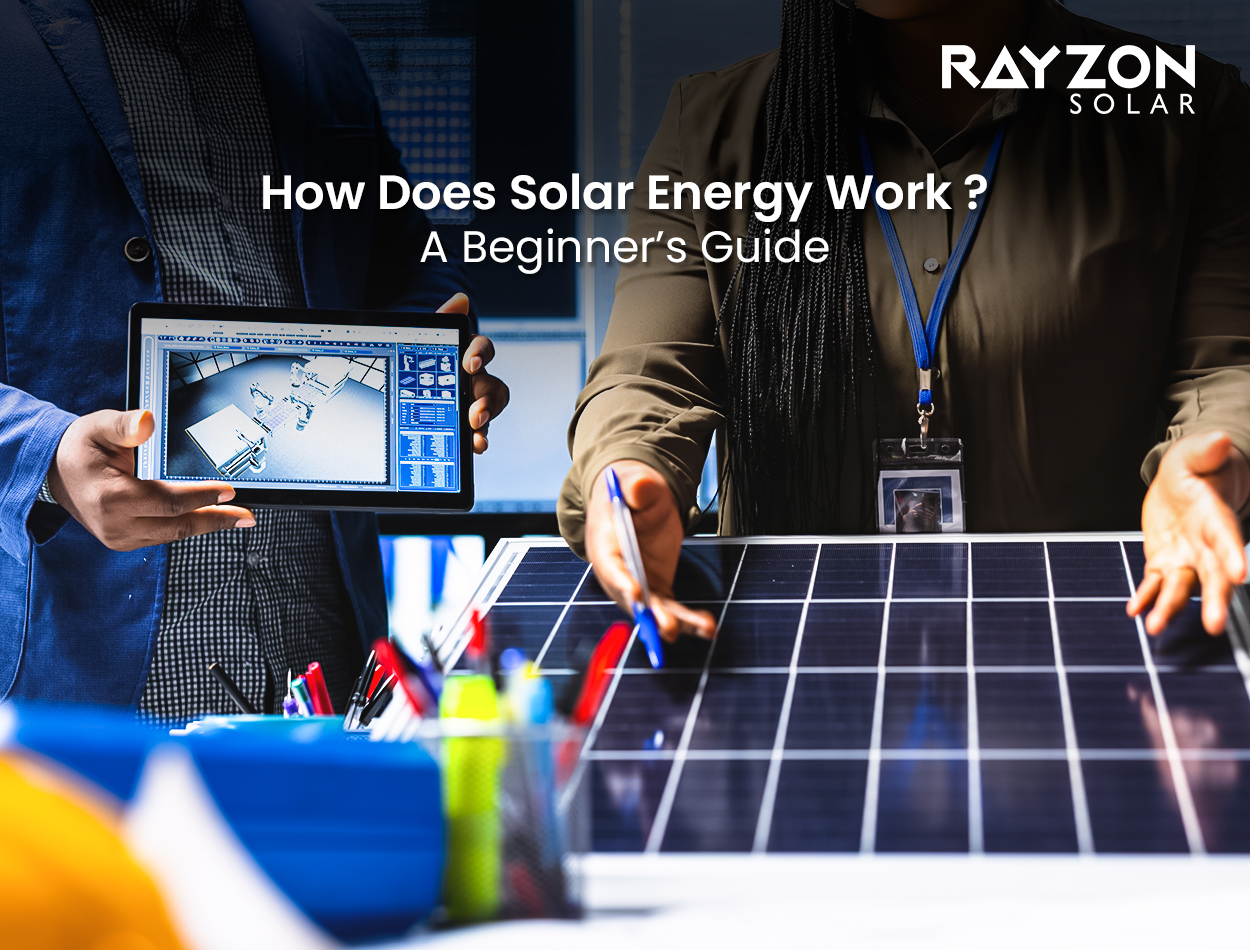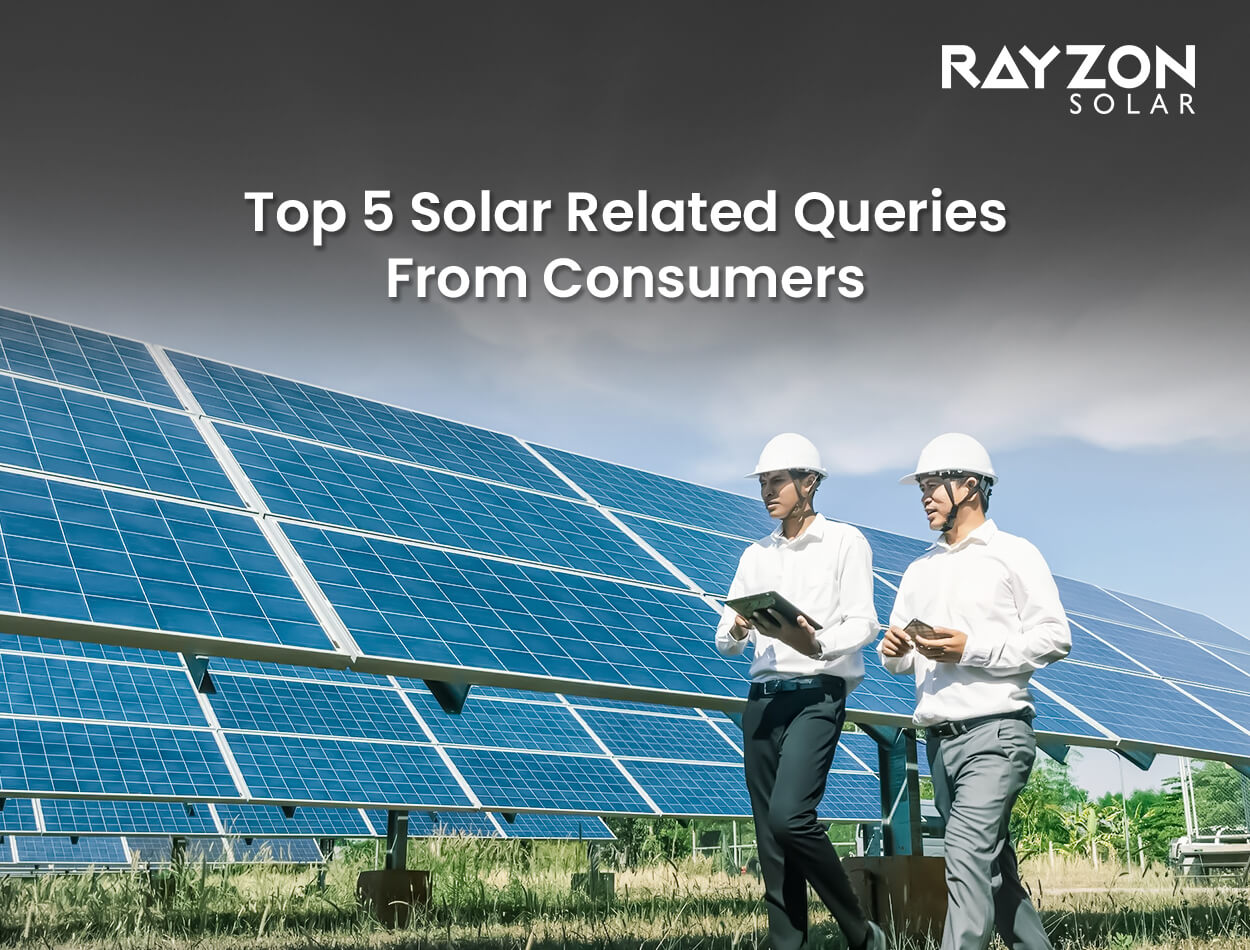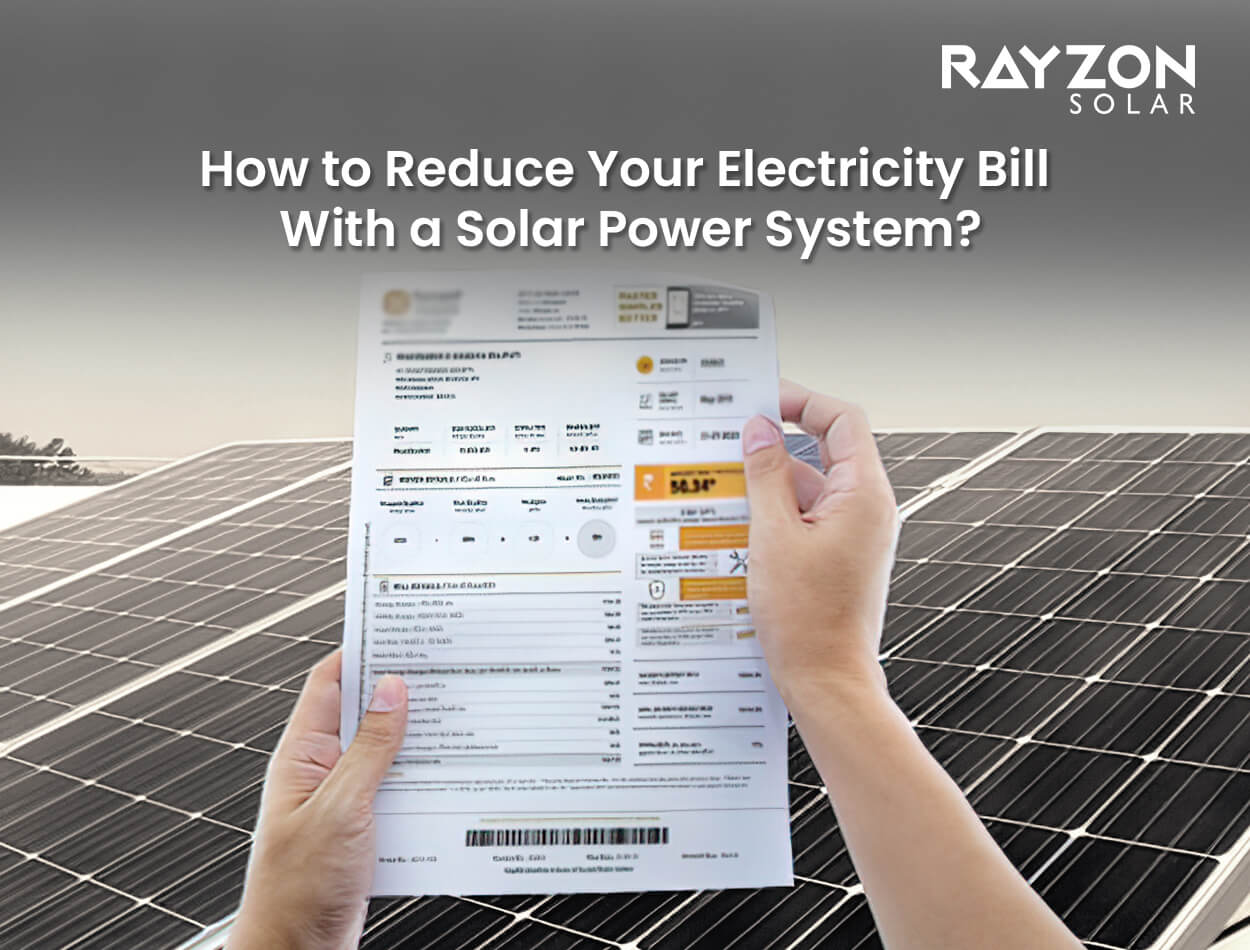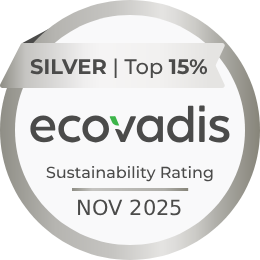
How Does Solar Energy Work? A Beginner’s Guide
If you’ve ever wondered how solar energy works and why it’s considered the future of clean power, you’re not alone. The rapid global shift to renewable energy has made solar one of the most sought-after power sources in 2025. This beginner’s guide to solar power will help you understand the solar energy conversion process, the working of solar power systems, and why solar energy for homes is the ultimate solution for reducing electricity costs while embracing sustainability.
1. Solar Energy Explained: The Basics
Solar energy is essentially the power we get from the sun. The process of converting sunlight into usable electricity involves photovoltaic cell working, where solar panels capture sunlight and transform it into electrical energy. This clean, renewable energy reduces our dependency on fossil fuels and significantly lowers electricity bills.
If you want a deeper understanding of solar benefits, check out our blog on Benefits of Solar Energy.
2. The Science Behind the Photovoltaic Cell Working
Solar power systems work by absorbing sunlight and creating an electric field. This phenomenon, called the photovoltaic effect, converts sunlight directly into electricity. Photovoltaic (PV) cells are the heart of solar panels. They are made of semiconductor materials like silicon.
Step-by-Step Solar Energy Conversion Process:
- Sunlight Absorption: Solar panels for beginners contain multiple PV cells that capture sunlight.
- Electron Movement: Photons from sunlight knock electrons loose from the atoms in the cell.
- Electric Current Generation: The movement of electrons produces a direct current (DC).
- Inverter Conversion: An inverter then converts DC into alternating current (AC), which powers homes.
- Grid or Battery Storage: Excess energy can either feed into the grid or be stored in solar batteries.
For an advanced explanation, see our Understanding Solar Panel Technology.
3. Beginner’s Guide to Solar Power Systems
A solar power system isn’t just a panel on your rooftop. It’s a combination of components that work together to ensure a seamless energy supply.
Key components include:
- Solar Panels (PV Modules)
- Solar Inverter
- Mounting Structures
- Battery Storage (optional)
- Monitoring Systems
If you’re interested in installation steps, check out our blog on the Process of Installing Solar Panels.
4. Why Solar Energy for Homes Is Booming in 2025
The rise in electricity prices and growing awareness of climate change have made solar energy for homes the go-to solution. By investing in solar power, homeowners can save up to 80% on electricity bills and contribute to reducing carbon footprints.
You can explore how solar can cut your bills in Reduce Electricity Bill with Solar.
5. Solar Energy Step by Step for Beginners
Here’s a simplified solar energy basics guide:
- Understand your energy consumption.
- Choose the right solar panels for your needs. (See Choosing the Best Solar Panels)
- Get a site survey to determine rooftop suitability.
- Install solar panels with professional EPC companies.
- Connect to the grid or battery system.
- Monitor your solar energy output.
6. Advantages of Solar Energy Conversion Process
- Clean & Renewable: Unlike fossil fuels, solar energy is sustainable.
- Low Maintenance: With minimal upkeep, solar panels can last 25+ years.
- Cost-Effective: The cost of solar vs. electricity continues to favor solar in the long run.
- Energy Independence: Solar users are less dependent on power grid fluctuations.
Learn more from our article on Maximizing Solar Panel Efficiency.
7. Working of Solar Power Systems for Homes and Businesses
Solar energy systems work effectively for both residential and industrial use. Modern photovoltaic technology allows customization based on energy demand. Large-scale industries are now shifting to solar to achieve net-zero emissions while lowering operational costs.
For commercial solutions, see Commercial Solar Solutions.
8. Future of Solar Energy and Photovoltaic Technology
The future of solar energy lies in bifacial panels, perovskite cells, and hybrid solar systems, which boost efficiency and reduce costs. Explore these advancements in Top Solar Technology Trends.
9. Solar Energy Explained with Real-Life Applications
From powering homes and industries to driving electric vehicles, solar energy has endless possibilities. Some popular applications include:
- Residential Rooftops
- Commercial Solar Parks
- Agriculture Irrigation Systems
- Solar Street Lights
For insights on industrial use, read Solar Energy for Off-Grid Living.
11. Types of Solar Power Systems: Grid-Tied vs. Off-Grid
There are three main categories of solar power systems: grid-tied, off-grid, and hybrid systems. A grid-tied system is connected directly to the main electricity grid, allowing homeowners to use solar energy during the day and switch to grid power at night. It also allows users to benefit from net metering, where excess solar power is fed back into the grid for credit on future bills.
Off-grid systems, on the other hand, are completely independent of the utility grid. These setups are ideal for rural areas or places where grid connectivity is unreliable. Solar energy for homes in remote regions often relies on battery storage to ensure continuous power supply. For a better understanding of solar setup types, read Difference Between Off-Grid and On-Grid Solar System.
12. Role of Inverters in the Solar Energy Conversion Process
The solar energy conversion process doesn’t stop at capturing sunlight. The power generated by solar panels is Direct Current (DC), which is not compatible with most home appliances. This is where solar inverters come in, converting DC into Alternating Current (AC), which is usable in homes and businesses.
Modern inverters are also smart devices equipped with monitoring systems that allow users to track energy output and efficiency in real time. These features ensure that the working of solar power systems remains optimal throughout their lifespan. You can learn more about inverter types from our blog Solar Inverters Types.
13. Maintenance Tips for Solar Panels for Beginners
Proper maintenance is key to maximizing the lifespan of solar panels for beginners. While solar systems are generally low-maintenance, dust, bird droppings, or leaves on the panels can reduce their efficiency. Regular cleaning and visual inspections are essential to maintain performance levels.
Additionally, it is recommended to schedule periodic professional checks to monitor the working of solar power systems, inverters, and wiring connections. For a detailed maintenance plan, visit Solar Panel Maintenance Guide.
14. Government Schemes and Incentives for Solar Energy
Governments worldwide are offering lucrative schemes to promote solar energy for homes. In India, initiatives like Surya Ghar Yojana provide subsidies for residential rooftop solar installations, making it easier for families to shift to solar power. Check our detailed guide on Surya Ghar Yojana by Rayzon Solar.
Similarly, there are tax incentives and credits available in many countries, such as the U.S. Federal Tax Credit for Solar Installation. These incentives significantly reduce the overall cost of adopting solar, ensuring better return on investment.
15. Solar Energy for a Sustainable Future
The growing demand for renewable energy highlights the importance of solar energy basics guide for every individual. Solar power reduces greenhouse gas emissions, helping nations meet their climate goals. It is one of the key solutions in achieving net-zero emissions by 2050.
Adopting solar power at both residential and industrial levels also creates job opportunities and boosts local economies. As explained in Empowering India’s Future with Solar Energy, the future of solar is brighter than ever, and now is the perfect time to embrace this sustainable energy source.
Conclusion
Solar energy has transformed from a futuristic concept into a mainstream solution for clean, reliable, and cost-effective power generation. Understanding how solar energy works—from the photovoltaic cell mechanism to the solar energy conversion process—empowers homeowners and businesses to make informed decisions about switching to renewable energy. With rising electricity costs and increasing awareness of environmental impacts, solar panels for beginners have become more accessible, efficient, and affordable than ever before.
Looking ahead, the continued advancements in solar technology, including bifacial panels and hybrid systems, will only enhance its efficiency and benefits. By adopting solar power today, individuals and organisations not only save on electricity costs but also contribute to a greener and more sustainable future. Embracing solar energy is no longer just an option; it’s a vital step toward achieving energy independence and building a cleaner, brighter tomorrow.



